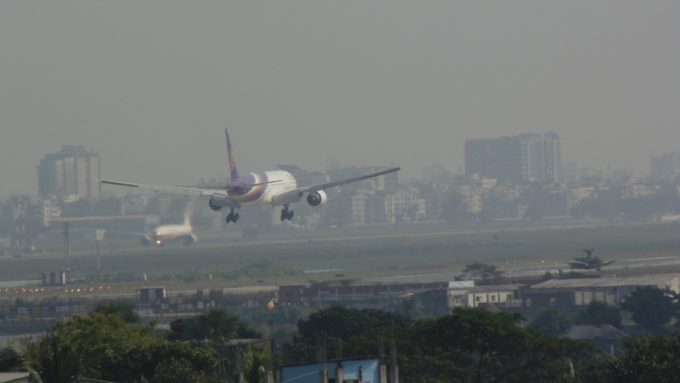Growth in 'patient-centric care' driving M&A in pharma supply chains
An explosion in M&A activity surrounding “patient-centric” approaches to healthcare is set to further reshape ...

Airfreight rates from Bangladesh to major western destinations have shot up in a span of two weeks as export cargo piles up at the country’s main airfreight gateway, Dhaka.
Student-led protests in the third week of July prevented some 3,000 tonnes of exports leaving after ...

Comment on this article